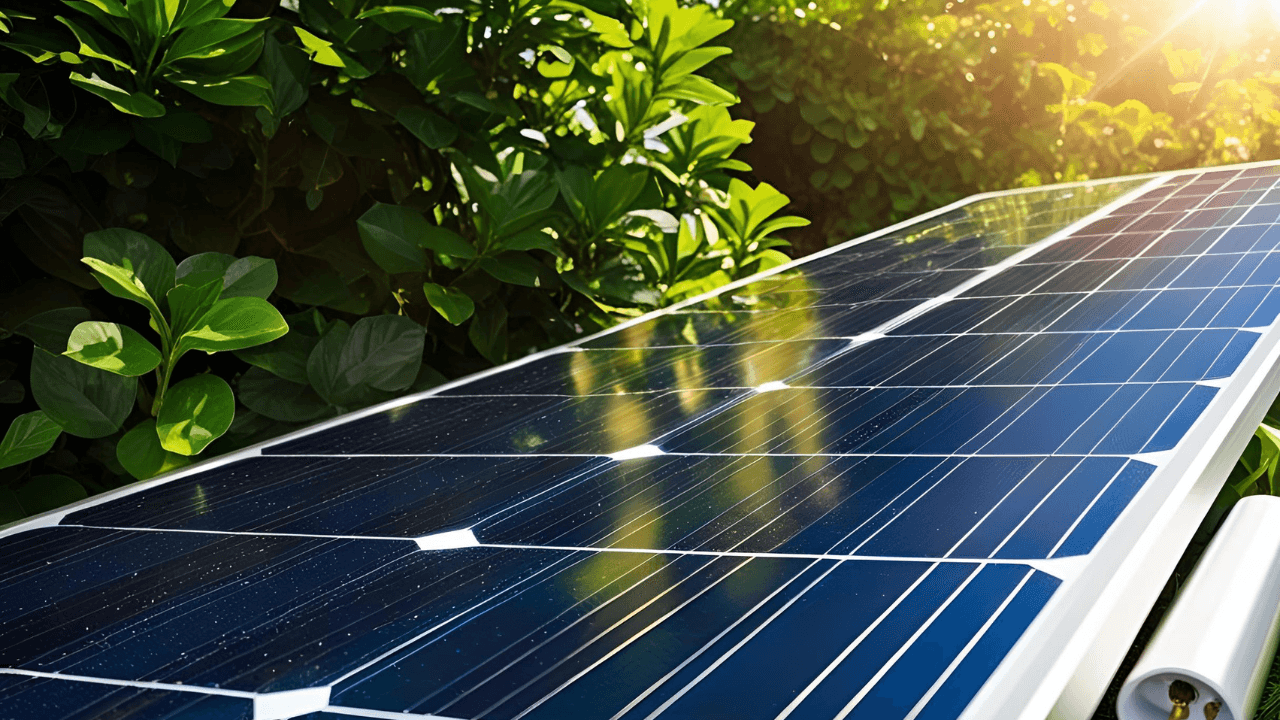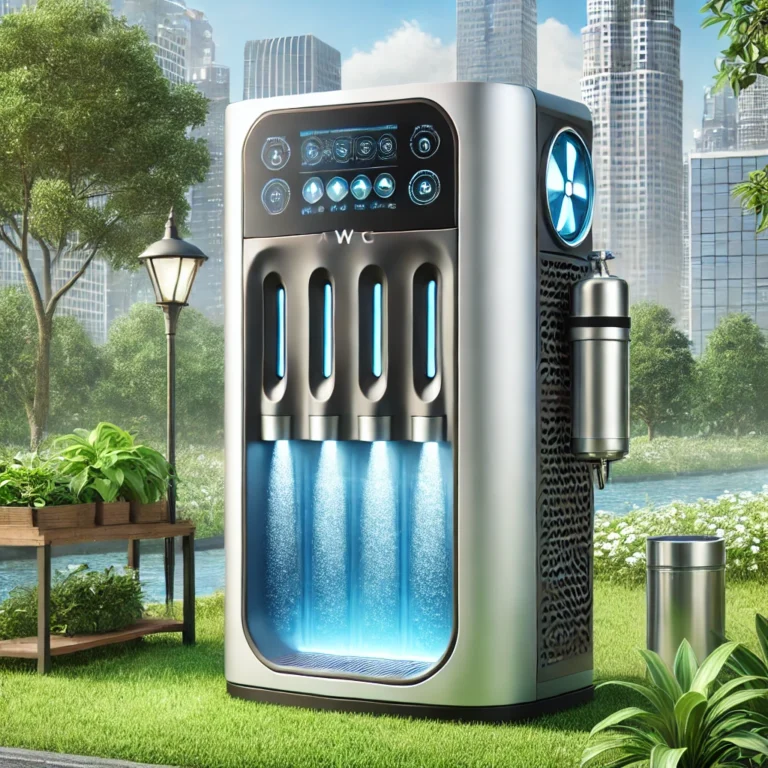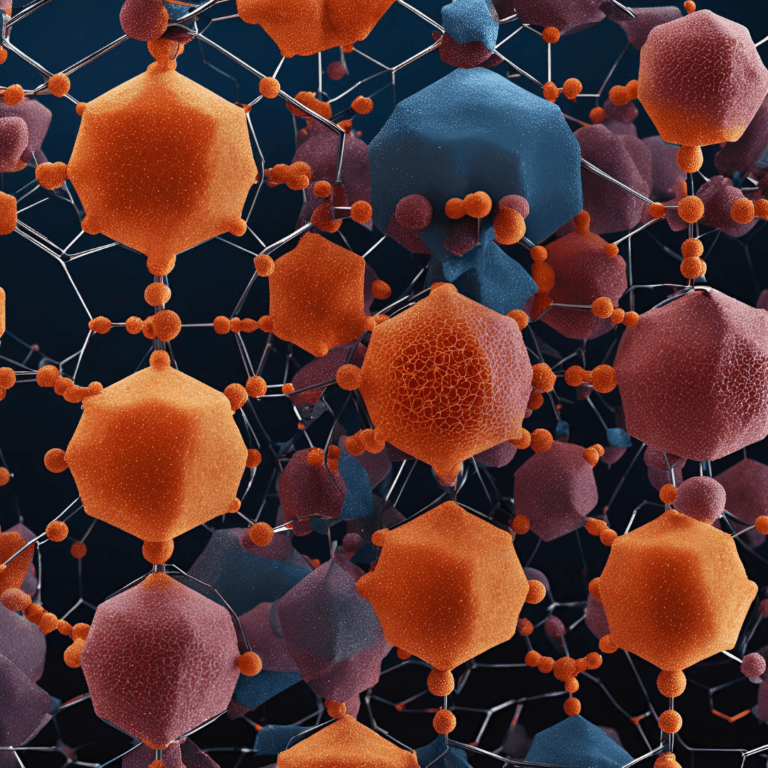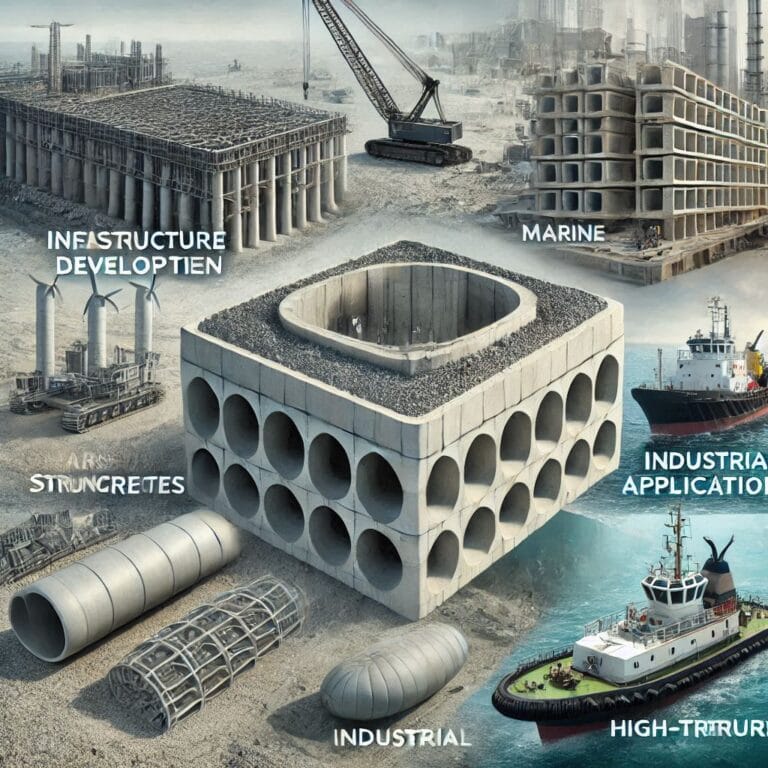🌞 The Solar Tech Evolution: Why the World Needs Better Panels
Over the past few years, the global energy sector has been rapidly evolving, driven by the dual forces of climate urgency and escalating electricity demands. This momentum has led to an unprecedented surge in the adoption of renewable energy solutions. By 2024, clean energy dominated new power generation, with nearly 93% of newly added electricity capacity coming from renewables like solar and wind.
Among these, solar energy has taken a leading role in reshaping the energy mix. In a historic first, solar and wind power together surpassed coal in electricity generation within the United States—contributing 17% of the nation’s electricity compared to coal’s 15%. This remarkable shift marks a pivotal step toward a more sustainable and carbon-neutral energy future.

However, traditional photovoltaic (PV) systems, while instrumental in harnessing solar power, have inherent limitations. Standard PV panels convert only about 20–23% of the sun’s energy into electricity, leaving a significant portion of potential energy untapped . Additionally, their performance can be affected by factors such as shading, dust accumulation, and temperature fluctuations, which can impede their efficiency.
Enter hybrid solar panels—an innovative solution designed to address these challenges. By combining photovoltaic and thermal technologies, hybrid solar panels can simultaneously generate electricity and capture heat, maximizing the utilization of solar energy. This dual-functionality not only enhances energy output but also improves overall system efficiency, making them a compelling option for those seeking to optimize their renewable energy investments.
As the world continues to grapple with the dual imperatives of increasing energy demand and the need for sustainable solutions, hybrid solar panels represent a significant advancement in renewable energy technology. By overcoming the limitations of traditional PV systems, they offer a more efficient and versatile approach to harnessing the sun’s power, paving the way for a cleaner and more sustainable energy future.
🔬 What Are Hybrid Solar Panels and How Do They Work?
As the demand for efficient and sustainable energy systems intensifies, a new player is making waves in the solar industry: hybrid solar panels. But what are hybrid solar panels, exactly?
Also known as solar PV-T panels (Photovoltaic-Thermal), these advanced systems are engineered to do more than just convert sunlight into electricity. They integrate the functions of both traditional photovoltaic (PV) panels and solar thermal collectors into one unified design—making them a powerful innovation in the clean energy space.
⚡ Dual Power: Electricity + Heat
To understand how they work, it helps to break down the process:
- Photovoltaic component: Like standard PV panels, the photovoltaic cells in photovoltaic thermal panels convert sunlight into electricity through the photoelectric effect. This generates the power needed to run home appliances, lights, or even feed electricity into the grid.
- Thermal component: Meanwhile, the thermal system captures the heat that typically goes unused in conventional panels. This heat is transferred through a fluid in thermal tubes and can be used for water heating, space heating, or even industrial applications.
This two-in-one design not only increases the total energy output per square meter but also improves the lifespan of the PV cells. By extracting heat, the panel stays cooler—helping maintain better electrical efficiency over time.
🔍 Why Solar PV-T Panels Are the Future
What sets solar PV-T panels apart is their ability to maximize the sun’s potential. Traditional PV panels can lose efficiency when they get too hot. But in photovoltaic thermal panels, that excess heat is put to productive use instead of being wasted.
This innovative technology offers higher overall efficiency (sometimes 60–70% combined electric and thermal output), making it a game-changer for residential, commercial, and industrial renewable energy systems.
✅ Fun Fact: According to recent research from institutions like Fraunhofer ISE, solar PV-T panels can produce up to 25% more energy annually than standalone PV systems in certain climates.
So, when someone asks, “What are hybrid solar panels?”—the answer is clear: they’re not just smarter panels, they’re next-generation energy systems that squeeze more power from every ray of sunshine.
⚡ Meet DualSun: The Brand That’s Changing Solar Energy
In the race to revolutionize solar technology, one brand has consistently stayed ahead of the curve—DualSun. Known for their cutting-edge innovation, DualSun solar panels are designed with a simple yet bold vision: to make solar energy smarter, more sustainable, and more efficient for everyone.
🌱 A Mission Driven by Innovation
Founded in France, DualSun combines science, sustainability, and engineering to transform rooftops into powerful green energy hubs. Their flagship products—DualSun SPRING and DualSun FLASH—represent a leap forward in solar panel technology.
🔍 SPRING vs. FLASH: What’s the Difference?
- DualSun SPRING: A PV-T panel (photovoltaic + thermal), the SPRING model generates both electricity and hot water. It’s the ultimate solution for buildings with high energy and heating needs.
- DualSun FLASH: A classic photovoltaic panel, FLASH focuses on high-efficiency electricity production. It’s ideal for homes looking to maximize power output with a sleek, all-black design.
Both models are certified with top European and global performance standards, including IEC and Solar Keymark certifications—ensuring reliability and efficiency.
🌍 Proven Worldwide: Real Installations
From eco-homes in Europe to green commercial buildings in the Middle East, DualSun solar panels have been installed in thousands of locations across the globe. Their real-world performance consistently demonstrates outstanding durability and energy output, even under challenging environmental conditions.
🚀 Real Benefits: Why DualSun Is More Than Just a Panel
Sure, solar panels are everywhere—but what if one could double your energy yield and cut your installation footprint in half? That’s exactly why DualSun SPRING is considered one of the best hybrid solar panels on the market today.
🔋 Efficiency Like Never Before
By combining electricity and thermal energy production, DualSun’s hybrid panel design can reach up to 80% total solar yield. Compared to traditional setups, which separate thermal and PV systems, this represents a dramatic boost in overall energy efficiency.

🏡 The Ultimate Space-Saving Solar Solution
Installing two separate systems (PV + solar thermal) takes up twice the roof space and often requires extra plumbing. In contrast, DualSun integrates both into a single module—making it a space-saving solar solution perfect for homes with limited surface area or architectural constraints.
💰 Long-Term Value & Customer Trust
Yes, the initial cost of hybrid panels may be slightly higher—but the long-term savings are undeniable. Homeowners can see reductions in both electricity and heating bills, leading to substantial ROI within a few years. Plus, DualSun panels come with extensive warranties and stellar customer feedback.
🆚 DualSun vs Competitors: What Sets It Apart
In a growing market of solar tech innovators, DualSun stands tall as a front-runner in hybrid solar panel technology. But how exactly does it stack up against other brands offering photovoltaic thermal panels?
🔍 Head-to-Head Comparison
| Feature | DualSun SPRING | Brand A | Brand B | Brand C |
|---|---|---|---|---|
| Type | PV-T (Hybrid) | PV-T | PV-T | PV-T |
| Electrical Efficiency | 20–22% | 18% | 19.5% | 20% |
| Thermal Efficiency | 55–60% | 50% | 52% | 50% |
| Total Yield (Combined) | Up to 80% | ~70% | ~68% | ~70% |
| Warranty | 25 years | 20 yrs | 15 yrs | 20 yrs |
| Certifications | IEC, Solar Keymark | IEC | Limited | IEC |
| Cooling Innovation | Patented design | Basic | Basic | Basic |
| Environmental Impact | Low-emission build | — | — | — |
💸 Return on Investment & Versatility
DualSun panels often achieve a quicker return on investment by simultaneously reducing both electricity and water heating costs. Plus, their modular PV-T design fits both residential rooftops and commercial buildings, making them versatile across climates and building types.
🔧 Installation & Maintenance: What to Expect with DualSun
Thinking of making the switch? Here’s what you can expect when installing DualSun solar panels—from the first consultation to ongoing performance.
🛠️ Easy Installation, Sleek Integration
DualSun’s hybrid solar panels are designed for seamless rooftop integration. Whether you’re retrofitting an older building or installing on new construction, certified DualSun installers can mount, connect, and commission the system in just a few days.
- Panels are installed just like standard PV units.
- Thermal plumbing connects underneath to your hot water system.
- DualSun’s mounting systems fit most roof types, including tile, metal, and flat.
🧽 Low Maintenance, High Longevity
Thanks to DualSun’s quality design and durable materials, maintenance is minimal:
- Self-cleaning glass reduces dirt buildup.
- Heat exchanger components are corrosion-resistant.
- Systems include remote monitoring for performance tracking.
🌍 Environmental Impact: Clean Energy with a Cleaner Footprint
As the world shifts toward renewable energy, it’s not just about what powers our devices—but how we generate that power. DualSun’s hybrid solar panels offer a compelling eco-friendly solution that goes far beyond just electricity savings.
♻️ Lower Carbon Emissions, Greater Efficiency
Unlike traditional PV systems that waste heat, hybrid solar panels like DualSun SPRING capture both electricity and thermal energy from the sun. This dual harvest reduces reliance on fossil-fuel-based water heating systems—leading to significant CO₂ reductions.
- A single DualSun SPRING panel can reduce up to 3.5 tons of CO₂ over its lifetime.
- On average, homeowners see 30–50% less carbon output when using hybrid systems over conventional electric + gas setups.
🔁 Reduced Energy Waste
PV systems typically lose a significant portion of solar input as heat. DualSun’s PV-T tech captures and converts that otherwise lost energy into usable thermal power for water and space heating—maximizing the solar yield.
♻️ Built for Sustainability: Lifecycle & Recyclability
DualSun ensures its materials and processes align with circular economy principles:
- Panels are made from highly recyclable materials including aluminum, glass, and silicon.
- Manufacturing follows ISO environmental standards with minimal water and chemical use.
- At end-of-life, 90–95% of a DualSun panel’s components can be reclaimed and reused.
📈 Why DualSun Is Trending in 2025 (And Beyond)
As countries accelerate efforts to meet climate goals and tech giants pour resources into solar advancements, DualSun stands out as a top-tier hybrid solar solution. But it’s not just another panel—it represents a next-gen leap in clean energy, designed with the future in mind.
🔍 The Rise of AI-Powered Solar Discovery
Platforms like Energy-GNoME, developed by MIT and powered by AI, have accelerated the discovery of new solar materials and composites. These tools identify efficient, affordable, and durable components at record speeds—many of which are now informing DualSun’s R&D pipelines.
- In 2024 alone, Energy-GNoME identified 33,000+ new materials for clean energy systems.
- DualSun collaborates with research institutes to leverage AI-optimized thermoplastics and conductors for their next-gen panels.
💬 Why Experts Are Watching DualSun
Energy experts are calling DualSun one of the most promising clean tech companies in the solar space. From performance metrics to eco certifications, it checks all the boxes for consumers and regulators alike.
🌐 “With its innovation-first approach, DualSun may well lead the solar sector’s evolution over the next decade.”
“Ready to future-proof your energy setup?
💡 Explore how DualSun can transform your home or business into a high-efficiency, sustainable power hub.”
📘 Glossary
Hybrid Solar Panels (PV-T):
Solar panels that combine photovoltaic and thermal technologies to produce both electricity and heat from the same surface area.
Photovoltaic (PV):
A technology that harnesses sunlight and transforms it into electrical energy through the use of semiconductor materials.
Thermal Solar Collector:
A system designed to absorb solar thermal energy, commonly used for heating water or indoor spaces.
DualSun SPRING:
A patented hybrid solar panel developed by DualSun that integrates PV and thermal capabilities into one module.
DualSun FLASH:
A high-efficiency photovoltaic-only panel by DualSun focused solely on electricity generation.
Energy Yield:
The total energy output a solar system generates over a specific period, usually measured in kilowatt-hours (kWh).
Energy-GNoME:
An AI-powered tool used in material science to discover new energy materials, including those used in next-gen solar panels.
ROI (Return on Investment):
The measure of an investment’s performance, determined by weighing the returns—such as energy savings or earnings—against the original expense.
Carbon Footprint:
The total greenhouse gas emissions caused directly or indirectly by an individual, product, or organization.
Solar Innovation:
Technological advancements aimed at improving the efficiency, cost, and sustainability of solar energy systems.






